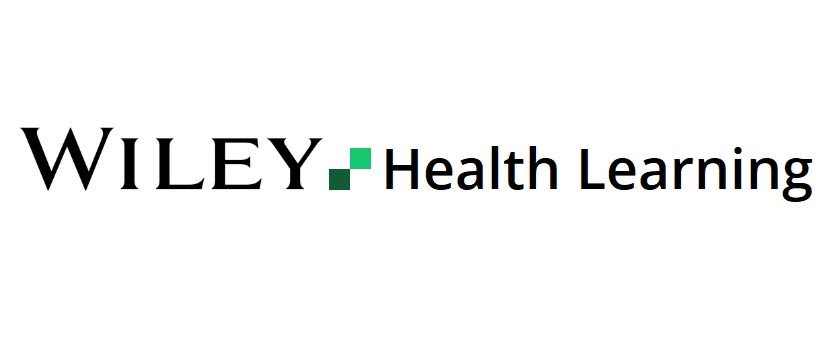
CME Editor: Julie Katz Karp, MD
Article Authors: Alicia M. Key, Eric J. Earley, Vassilis L. Tzounakas, Alkmini T. Anastasiadi, Travis Nemkov, Daniel Stephenson, Monika Dzieciatkowska, Julie A. Reisz, Gregory R. Keele, Xutao Deng, Mars Stone, Steve Kleinman, Kirk C. Hansen, Philip J. Norris, Michael P. Busch, Nareg H. Roubinian, Grier P. Page, Angelo D’Alessandro
Educational Objective: Explore how urate levels in end of storage packed RBCs varies as a function of donor characteristics
Release Date: 14th April 2025
Activity Disclosures
No commercial support has been accepted related to the development or publication of this activity.
CME Editor, Julie Katz Karp MD reported no conflicts of interest or financial relationships relevant to this article. This activity underwent peer review in line with the standards of editorial integrity and publication ethics. Conflicts of interest have been identified and resolved in accordance with John Wiley and Sons, Inc.’s Policy on Activity Disclosure and Conflict of Interest.
Accreditation
John Wiley & Sons, Inc. is accredited by the Accreditation Council for Continuing Medical Education (ACCME) to provide continuing medical education for physicians.
John Wiley and Sons, Inc. designates this journal-based CME activity for a maximum of 1.0 AMA PRA Category 1 Credit™. Physicians should only claim credit commensurate with the extent of their participation in the activity. For information on applicability and acceptance of continuing medical education credit for this activity, please consult your professional licensing board.
This activity is designed to be completed within 1 hour. To successfully earn credit, participants must access the activity on https://www.wileyhealthlearning.com and complete the activity during the valid credit period, which is up to three years from initial publication. Additionally, up to 3 attempts and a score of 70% or better is needed to pass the post test and claim CC credit. [ACGME competency/CC category: Medical Knowledge].
